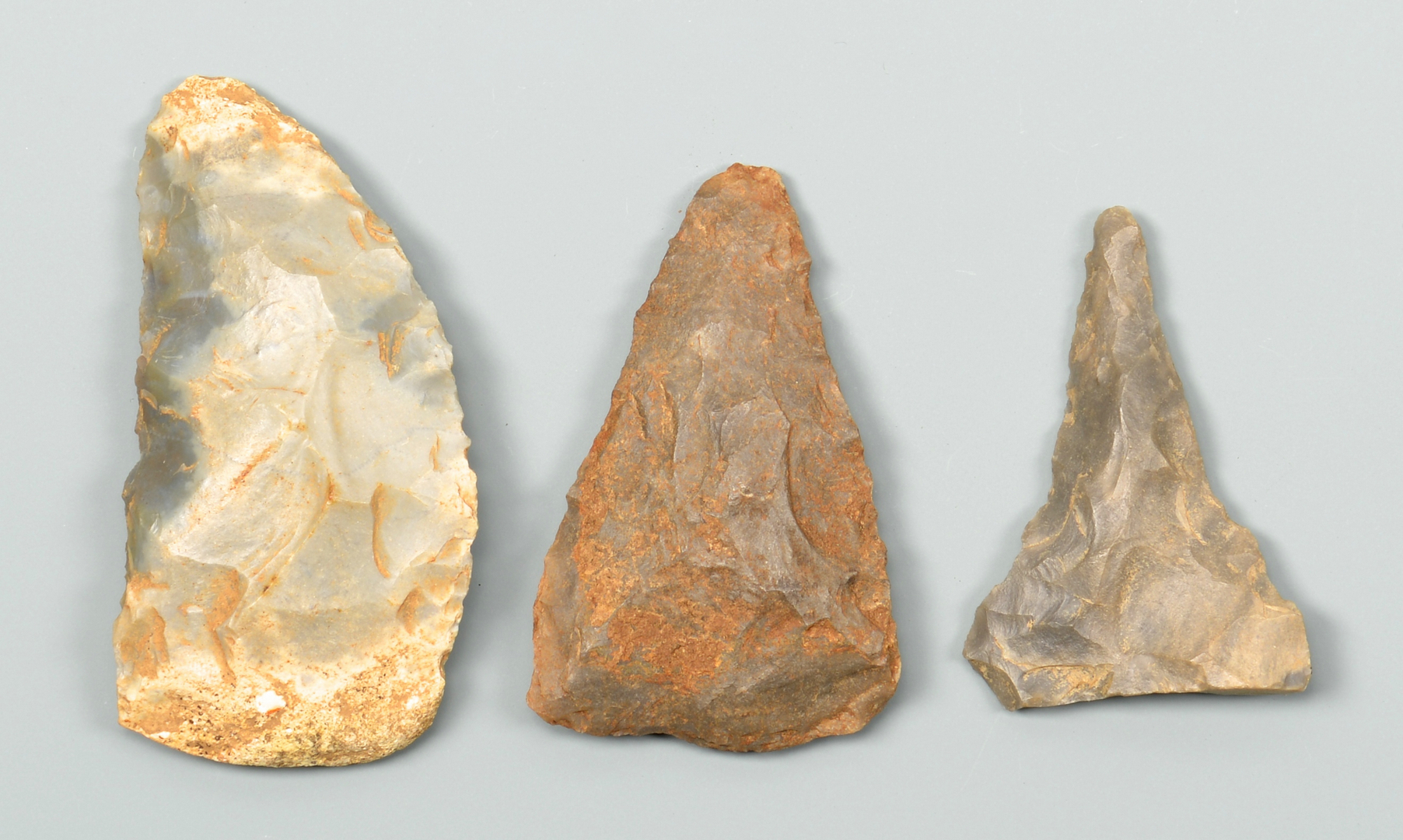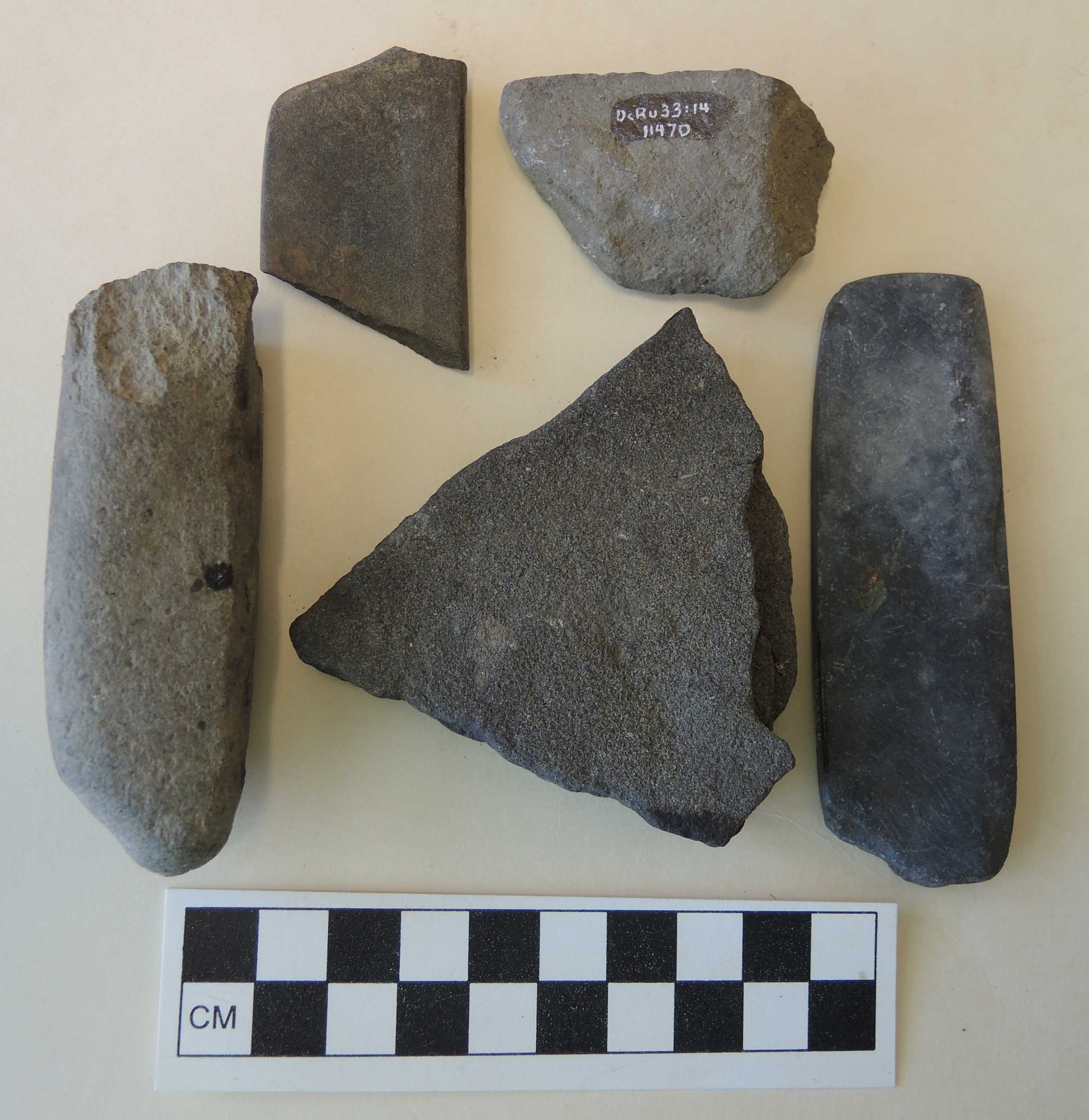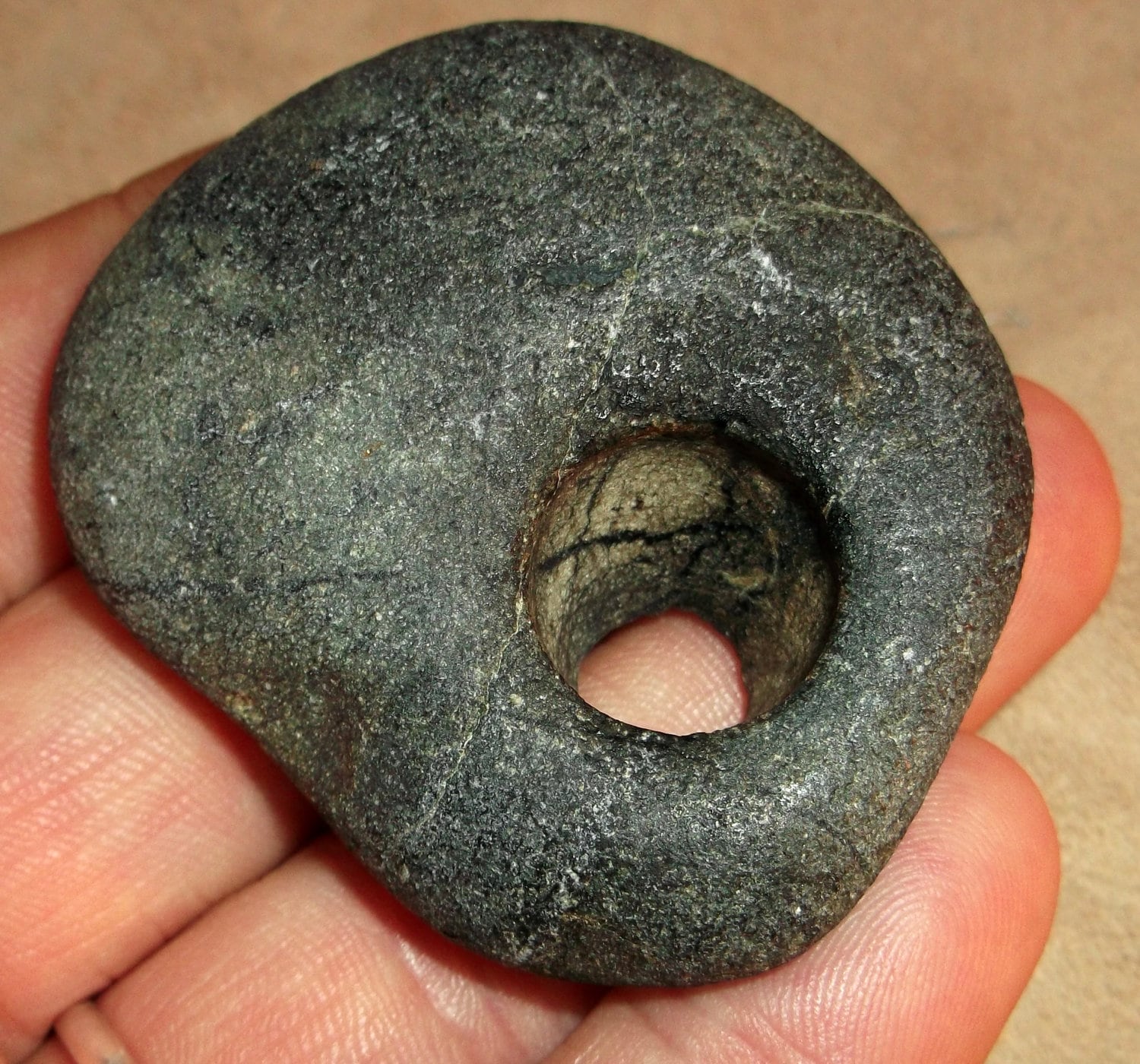
Birdie/Triangle Point Eastern NC PF Native American Artifact Native
1. Projectilepoints.net. Projectilepoints.net is my favorite website for arrowhead identification. You can perform a visual search based on multiple pictures of arrowheads, or you can do a regional search. But the best feature that this website offers is the "search by state" option. This really helps in quickly narrowing down your search.

Lot 540 Group Native American Carved Stone Artifacts
Myth Number 1: All triangular stone objects found on archaeological sites are arrowheads. Arrowheads, objects fixed to the end of a shaft and shot with a bow, are only a fairly small subset of what archaeologists call projectile points.

Idea by Rick Herndon on Native American Ground Stone Artifacts
The loaf stone at the bottom uses this same means of fastening to the atlatl. The only example of this type of loaf stone that has been recovered and documented was found in a swamp bordering the St. Johns River in Volusia County, Florida. Mr. Albert Turner recovered the artifact near the surface of a Late Archaic shell mound known as Mt. Taylor.

NATURAL HEMATITE ARROWHEAD TRIANGLE SHAPE INDIAN SMALL ARTIFACT STONE
New research published today in Science Advances describes the discovery of two new spearpoint technologies at the Buttermilk Creek Complex of the Debra L. Friedkin archaeology site in Bell County.

Beautiful Paleo American Indian Triangular Blade Artifact Indian
These objects served a variety of purposes, both utilitarian and ceremonial, and they were made using several techniques that include chipping, pecking, grinding, polishing, and etching or engraving. Knives & Large Bifaces Scrapers Drills Bowls Discoidals Hammerstones & Anvils Axes & Adzes Gorgets, Birdstones, & Engraved Pebbles

Triangular stone plates These stone plates are one of the most
Triangular lanceolate points are found by around 14,000 years ago. Excavations show that there was nearly continual habitation of the site beginning with the Buttermilk Creek complex occupation and. The Buttermilk Creek complex has yielded 15,528 pre-Clovis stone artifacts which have been separated into macrodebitage, microdebitage, and.

Paparazzi "Grounded in ARTIFACT" Yellow Stone Triangular Arrow Pendant
Nutting stone. Object number - 08151-JR. Material - Sandstone. Place of Origin - Virginia. Date - c. 1607-1610. Context - East Bulwark. Location - Archaearium. Category - Foodways, Virginia Indian. This sandstone block was found in the east bulwark trench while another was found in the first well dug by the colonists in James Fort.

Pin on Crafts
Small stone arrow heads, known to archaeologists as "Madison Triangular Points," and frequently referred to as "bird points" by artifact collectors, are common at Fort McCoy archaeological.

Triangle stone Ancient artifacts prehistoric, Native american tools
General Terms for Stone Tools . Artifact (or Artefact): An artifact (also spelled artefact) is an object or remainder of an object, which was created, adapted, or used by humans. The word artifact can refer to almost anything found at an archaeological site, including everything from landscape patterns to the tiniest of trace elements clinging to a potsherd: all stone tools are artifacts.

NATURAL HEMATITE ARROWHEAD TRIANGLE SHAPE INDIAN SMALL ARTIFACT STONE
Mortar and pestles and stones for grinding Carved stone pipes ElementalImaging / E+ via Getty Images Bone and Shell Tools Although not quite as enduring as stone, many tools and artifacts were made from bone or shell. Often, Native American tribes uses the materials available in their location.

K.M. Paul Native american tools, Native american artifacts, Indian
0:00 / 3:23 NATIVE AMERICAN STONE TOOL. No. 20 Triangle Stones Toccopola 264 subscribers Subscribe Subscribed 183 Share 13K views 2 years ago Over 50 years I've found hundreds of triangle.

123A1246 Carved bone artifact, has a triangular design ca… Flickr
by Esther Obanla When we talk about "rare Indian artifacts", we're referring to anything that was created by Native Americans prior to the European colonization of North America. This includes everything from arrowheads and pottery shards to beaded jewelry and ceremonial masks.

A First Nations Shell Midden on Raymur Point, Victoria Harbour Staff
When they refer to "ground-stone tools," they refer to tools that were not necessarily manufactured by grinding or used for grinding, but ones that, at least in finished form, display few or no flakescars from manufacture, at least on their use surfaces, although they may display scars from use.

NATURAL HEMATITE ARROWHEAD TRIANGLE SHAPE INDIAN SMALL ARTIFACT STONE
The first triangular three pointers existed in stone and shell and were small and undecorated. They date from the first migration by ceramic bearing people in the lesser Antilles about 200 B.C. In time they became the most significant artifact of the Taino culture and received complex decorations. They could represent social status, political power, fertility and productivity.

Pin on Triangle and circle symbolism in prehistory
Description: A shape with three points Variations: I. Stone Slab Forms 1) Plain sided 2) Two shoulders on Top of Triangle 3) Triangular top (double slanted top) with rectangular bottom 4) Triangular top (single slanted top) with rectangular bottom 5) Flat-topped triangle II. Three Dimensional Forms

Very Rare Ancient Indian Artifact Fire Starting Stone Nice
GROUND STONE TOOLS . This section contains artifacts developed by Native Americans through a peck and grind technology or that were used in that process. PROJECTILE POINTS. This section contains the projectile points and knives that occur throughout the southeastern United States including those made of stone, faunal or marine materials. PIPES